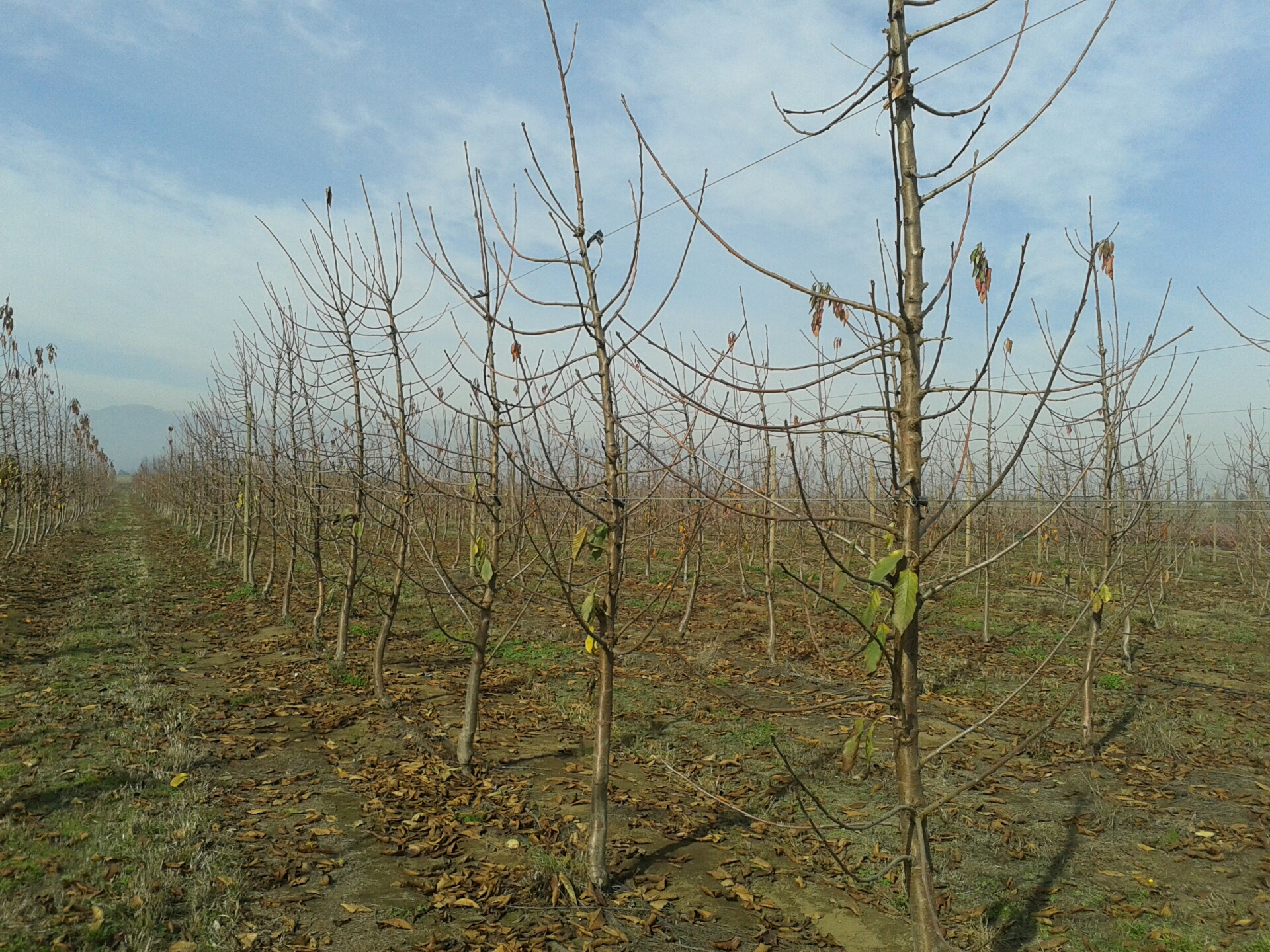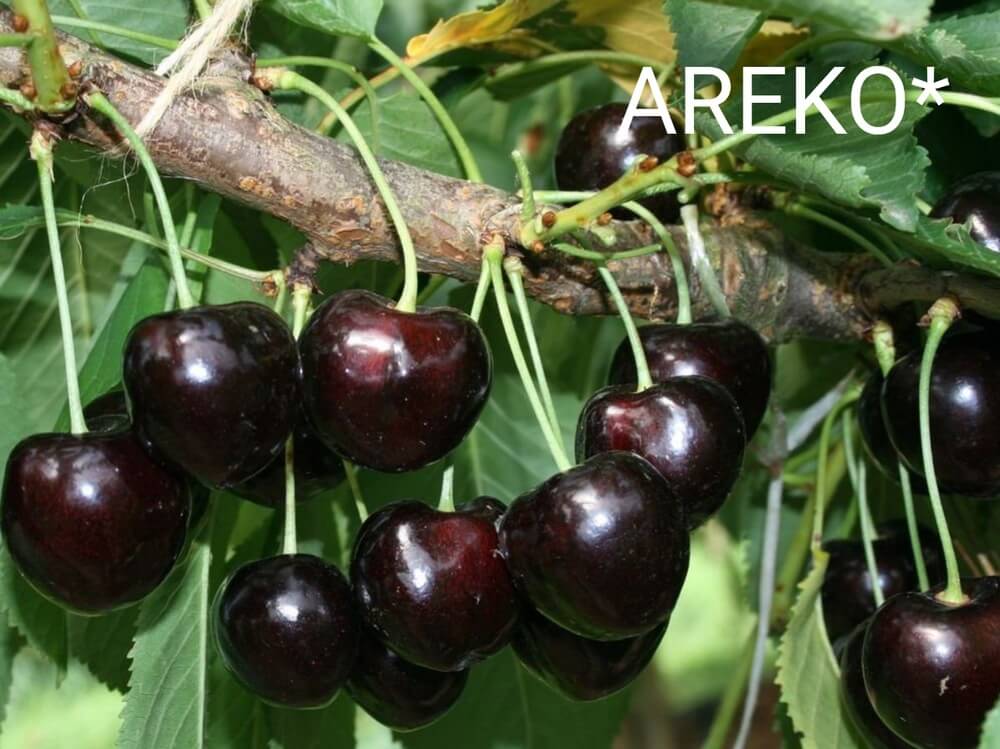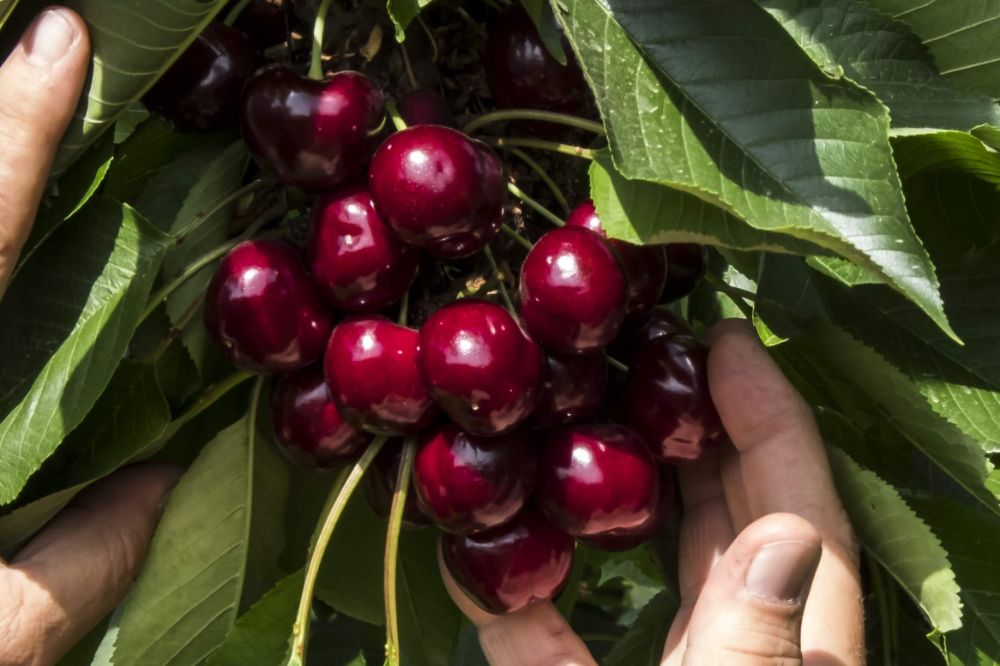No one wants difficulties, but the truth is that sometimes they can help keep us attentive to details. After the 23/24 season, where unpredictable weather left farmers on edge—with an erratic spring, low chill accumulation, sporadic fruit set, and fruit drop, followed by rains in October and November—this season seems to bring calm.
The summer was far less stressful than in previous seasons, meaning a higher level of reserves in the buds and much more active foliage extending well into autumn.
Entry into dormancy
The entry into dormancy, according to Óscar Carrasco, advisor and professor at the University of Chile, was without significant stress. "We had a few low temperatures in May, but by then, the plants were practically already entering dormancy, which was very deep, with a significant accumulation of chill. This implies a high bud fertility.
We have very well-formed spurs, with a large number of flower buds, and each bud has many primordia."
Risks with increased bud fertility
However, what may appear to be an excellent outlook has its risks. Carrasco offers a hypothetical case: if most varieties have between five and eight buds per spur, and each bud has between three and four primordia, we are looking at over 10, 20, and even 30 primordia per spur.
 Renewal pruning
Renewal pruning
“On one hand, we have a very good level of reserves, but on the other hand, we have many flowers. These reserves will be diluted among so many flowers. Therefore, if we don’t take action, the size potential this season is already slightly on the decline.”
Managing through pruning
Of course, there are ways to counter this risk, primarily through pruning. By removing weaker material, where there are fewer reserves, Carrasco explains, we are discarding much of the weaker wood to keep the better quality wood. "Because we know that the fruit set potential is very high due to the chill conditions we experienced."
There’s time for this until flowering, but once full bloom or petal drop occurs, bud thinning becomes much less effective in influencing size.
Nutrition and biostimulants
If this load regulation is not performed, Professor Carrasco suggests that a possible course of action is to rely more on nutrition, that is, applying additional fertilizations, both in the soil and foliar, of nitrogen, magnesium, zinc, boron, and calcium.
“We would need to support those trees with a slightly excessive load with biostimulants.”
However, climate uncertainty is always present. Given the concern about possible frost, some producers are hesitant about load regulation. "They think they will lose part of their production due to frost, and thus, they seek to compensate.
Focusing on quality over quantity
But what I insist on is that if they leave those low-quality flowers, we’ll have small fruits anyway. We must have fewer fruit centers but on higher quality wood. That will immediately give us a greater size potential,” the advisor states.
Those who choose not to regulate the load, even though it is widely recommended, are not as exceptional cases as they should be. Therefore, when asked whether the cherry industry is truly aware of the need to focus on fruit quality or if it still prioritizes volume, Carrasco is critical.
“Producers still prioritize volume a bit more because they calculate using the famous P x Q. But it turns out that the P, the price, is highly related to the size."
 SSA system (Slender Spindle Axe)
SSA system (Slender Spindle Axe)
An immature industry
So, if we exceed a certain production level, the size will decrease, and prices will too: the P x Q will go down. However, I think exporters have a bit more awareness because they are the ones who later have to deal with Chinese clients. They are the ones who package the fruit and must respond with the returns to the producers.
Although this is not a recent or abrupt boom, but rather organic growth, there are aspects that are still characteristic of a somewhat immature industry. “There are many new producers who are just entering the business and need to recover their investment, so they are very enthusiastic about the kilograms they can produce.
Learning from other sectors
But we have already gone through that learning phase. When bad returns come in, the producer learns immediately. There are also many new export companies, which, lacking experience and needing to recover the investment they have made in sorting machines, struggle because they are unable to pay returns to producers according to expectations.
 Spindle bi-axe
Spindle bi-axe
Those producers usually expect much more than they ultimately receive. It’s an industry with a lot to learn.
Varietal replacement and market demands
One lesson from these sectors concerns the need for varietal replacement, a path that the cherry industry has already begun but needs to deepen. The variety most in focus is Bing, particularly due to its difficulty in achieving good sizes.
Additionally, Carrasco notes that its production is irregular due to its high chill requirement, which was indeed a problem last season. "Other varieties that have faced issues include Skeena, Sweetheart, Staccato, and Sentennial—all Canadian varieties, highly sensitive to rain, cracking, and rotting."
Future-oriented orchard design
Thus, the production base remains focused on Lapins, Santina, and Regina, where, according to Carrasco, 80% of the cherries produced in Chile are concentrated.
As a theoretical exercise, but also as a way to envision a path for the industry, we asked the advisor and professor from the University of Chile how he would design his ideal orchard looking thirty years into the future.
The first step is to choose its location. “I would say that the ideal area is the VI and VII regions, the pre-mountain area, where we have more chill certainty for the next thirty years.
Long-term sustainability
According to all climate change models, the central area will lose many chill hours, probably around 30 to 40%. However, if we move slightly towards the mountains, we have a bit more security.
Unless we make investments, for example, in chill accumulation systems, like black curtains. But if we want to have that security, that climatic foundation, I would recommend going from the highway to the east.”
Source: Mundoagro
Cherry Times - All rights reserved















